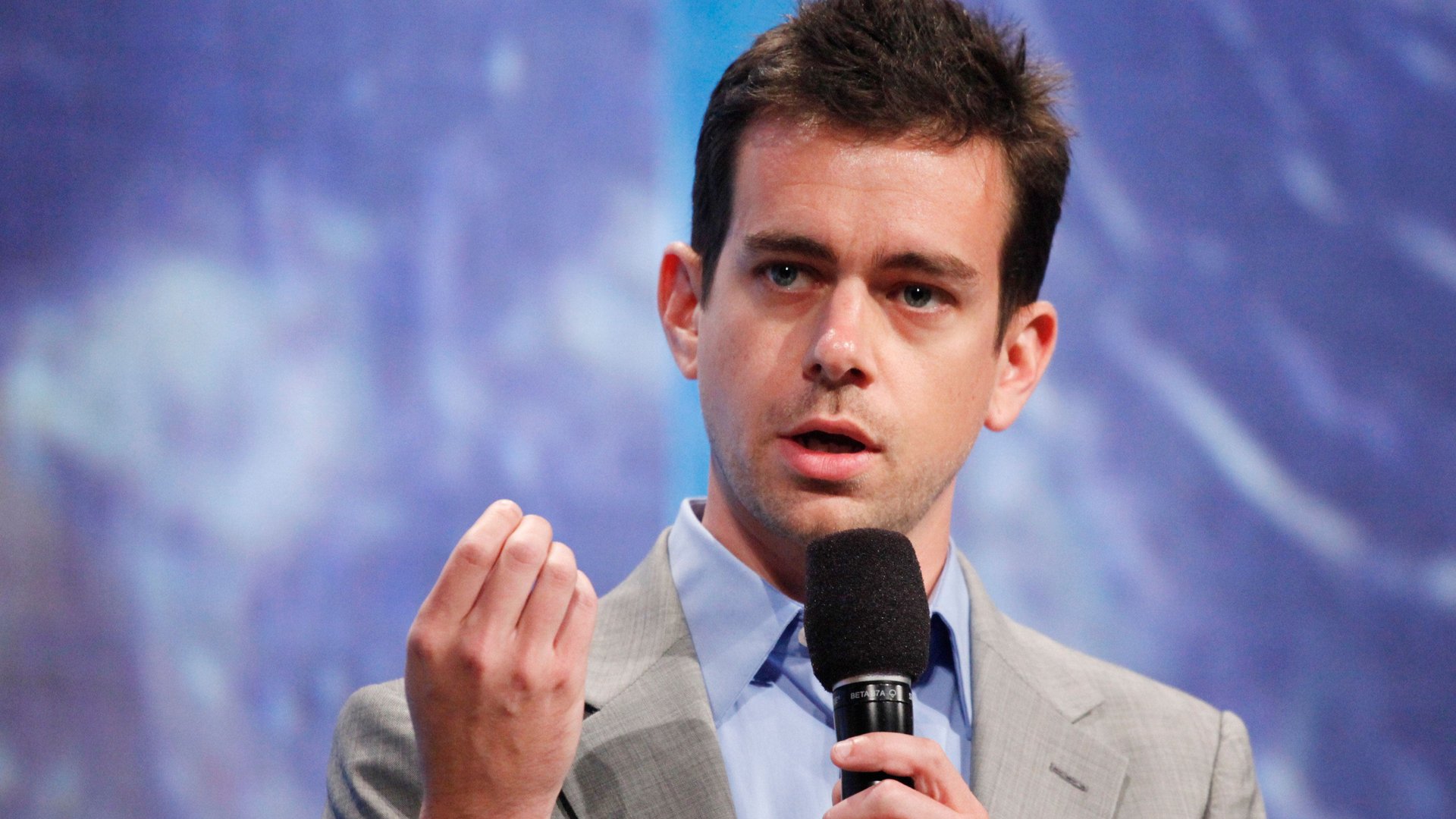What investors want to hear from Jack Dorsey when Twitter reports its earnings today
While Jack Dorsey prepares for his first quarterly earnings call at Twitter since his permanent reinstatement as CEO, shareholders are on edge.


While Jack Dorsey prepares for his first quarterly earnings call at Twitter since his permanent reinstatement as CEO, shareholders are on edge.
Twitter shares sank to new all-time lows each of the last two days, a sign that investors are concerned about the Twitter co-founder’s ability to rouse the company out of its slow-growth state.
Wall Street initially applauded Dorsey’s appointment in October. But since his return, Twitter has lost almost half its market value—not exactly a vote of confidence.
For this highly anticipated earnings report, due out after the close of US markets today (Feb. 10), investors will be looking for answers to the following questions:
First and foremost, what’s the turnaround plan?
Dorsey returned to the CEO position with a mandate to save Twitter, and he’ll likely provide an update on the company’s progress in simplifying the social network and communicating its value to new users—two priorities that Dorsey believes will help broaden Twitter’s appeal. But investors want specifics, including for Dorsey to clearly articulate Twitter’s vision, why it’ll succeed, and how long the plan will take.
“We feel it is paramount for management to deliver a vision and plan for Twitter, expressing passion and optimism,” said Robert Peck at SunTrust Robinson Humphrey in a Feb. 5 report. “If they can’t evoke hope, how can investors?”
Does Twitter have the right team to execute this vision?
Twitter is still reeling from a recent exodus of execs. Will Dorsey be able to pull off his turnaround without his longtime product head, engineering head, media head, Vine manager, and human resources head?
Was there meaningful user growth in the holiday quarter?
The metric investors continue to care most about is monthly active users (MAUs). Deutsche Bank’s Ross Sandler said in a Jan. 13 note that “the only thing that could potentially drive a re-rating & a change in the negative narrative is re-accelerating MAU growth, the timing of which seems to be nearly impossible to predict.”
Twitter has been plagued with disappointing user growth since it’s gone public. In recent quarters, it has tried to obscure just how slow that is by changing how it counts a monthly active user. Last July, it said its MAU calculations would include people who sign up and access Twitter entirely using text messages. Excluding this cohort, Twitter added only 2 million and 3 million new users, respectively, in the last two quarters.
What new products does Twitter have in the pipeline?
On Twitter’s last earnings call, Dorsey mentioned that the company is trying to “ship faster and more meaningful things.” Will Twitter remove the 140-character limit? What about the murmurings of an algorithmically sorted feed? Investors will be listening carefully for any hints.
How are new products—including Twitter Moments and the integration of Periscope into the timeline—performing?
One day after Dorsey was named Twitter’s permanent CEO, Twitter launched a highly anticipated feature called Moments, which packages tweets into collections people can follow. The idea behind the feature is to help Twitter newbies, who might not know which accounts to follow, keep up with breaking news stories and live events. Since Twitter’s last earnings call, two major sporting events have taken place—the World Series and Super Bowl—both of which are perfect use cases of Moments. (In fact, Twitter ran a somewhat clumsy TV commercial during the World Series promoting the feature.)
In January, Twitter also put the full weight of the social network behind Periscope, a mobile livestreaming startup it acquired last year, by integrating the broadcasts directly into the Twitter timeline. Investors are hoping to get a sense of engagement and the role Periscope will play in Twitter’s turnaround.
Are there any new metrics for measuring engagement?
Twitter has made it difficult for outsiders to gauge how engaged its users are. It stopped reporting timeline views in 2015, and the company only occasionally provides analysts with a daily active user-to-monthly active user ratio. “[T]he takeaway here appears to be that both User growth AND Engagement have hit walls,” says RBC Capital Markets’s Mark Mahaney in a Jan. 10 note.
If all else fails, would the company entertain a takeover?
In his report, SunTrust’s Peck wants to know if Twitter would be open to an acquisition or a strategic investment. He highlights a few companies that might make sense, including Google, Apple, Microsoft, Disney, and telecom companies Verizon, AT&T, and Comcast.